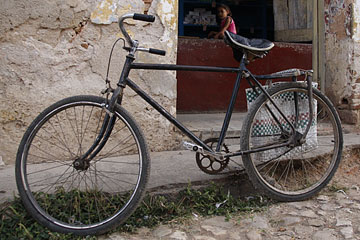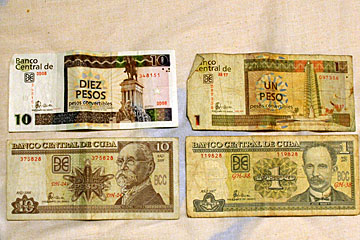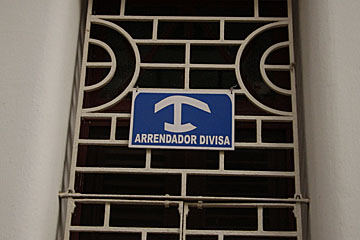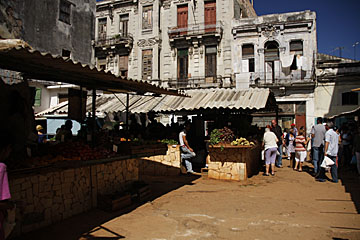
All photos by author
FOR THE VACATIONER in Cuba, that may sound weird. You can buy beers for one dollar, huge dinners for ten, and sleep for under thirty. But if you’re a long-term budget traveler headed to Cuba, you may want to pay attention.
CUC vs. moneda nacional
First thing’s first. Cuba has two currencies: the national peso (moneda nacional) and the convertible peso (CUC or, colloquially, the “cook”). For all intents and purposes, it’s easy to think of the CUC as being roughly equivalent to the U.S. dollar. At the time of writing, one CUC could be exchanged for 24 national pesos (from here on I will refer to national pesos simply as pesos).




